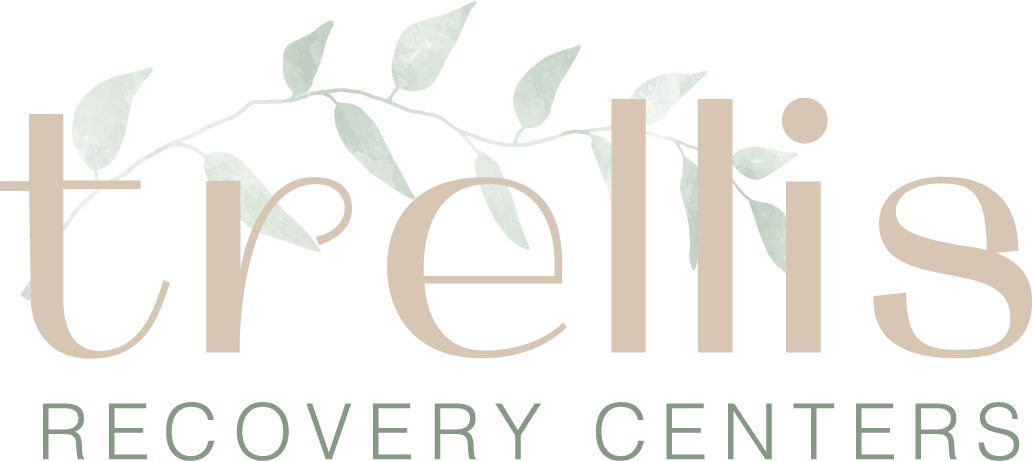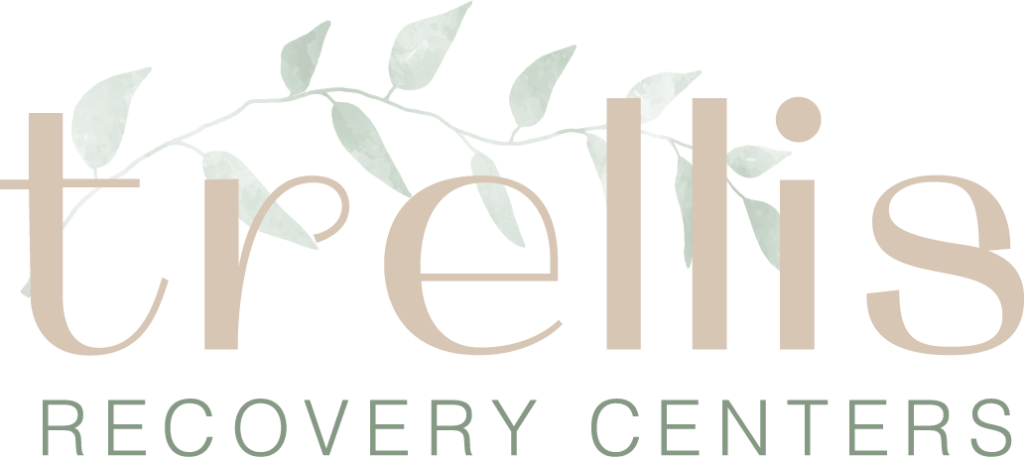What is the difference between anorexic and bulimic? In both cases, the person struggles with their relationships with food, body image, and self-esteem, but how different are the two eating disorders? Whether a person is anorexic or bulimic, Trellis Recovery Centers can help them change their lives. We teach people to recover using a wide variety of evidence-based therapies proven to help in the treatment of eating disorders.
Definition of an Anorexic
Anorexia nervosa is an eating disorder that results in a person focusing on achieving and maintaining a low body weight. The individual has trouble seeing themselves clearly and constantly believes they weigh more than they do and need to lose more weight. An anorexic will use drastic and unhealthy methods to lose and maintain their low weight. They obsess about diet and exercise, and often try to hide the fact that they are not consuming much food or have lost weight.
Definition of a Bulimic
Bulimia nervosa is an eating disorder that causes a person to binge eat abnormally large amounts of food in a short period of time. Then, in an attempt to negate the absorption of calories, they use purging methods to get rid of the food. Common purging methods include self-induced vomiting, taking laxatives and diuretics, and using enemas. A bulimic individual often binge eats in secret and hides the evidence of what they did. They disappear to the bathroom or other private places to purge shortly after meals.
What is the Difference Between an Anorexic and a Bulimic Person?
The main difference between an anorexic and bulimic person has to do with their behaviors. Someone who is anorexic tends to control their weight by restricting their food intake, which includes going extended periods without eating or eating miniscule amounts of food at a time. A bulimic person engages in binge eating and then feels guilt and a fear of gaining weight. As a result, they use purging methods to rid themselves of the food and calorie absorption.
Similarities Between Anorexia and Bulimia
While there is a difference between being anorexic and bulimic, many similarities exist. The similarities between an anorexic and a bulimic person happen in two ways. The first is that they both obsess about weight, clothing sizes, body shapes, and attempts to lose weight. The second commonality is that all eating disorders are about much more than food and body size. At heart, they are mental health disorders that develop in relation to issues, past or present, that remain unresolved.
Someone who is anorexic or bulimic uses their behaviors to attempt to feel some sort of control in their lives. This attempt at gaining power may be a subconscious effort or they may feel they have power when they can control and manipulate things related to weight, eating patterns, and exercise. In essence, eating disorders may start out seeming to be solely about food and body size, but they ultimately become unhealthy coping skills that need professional intervention to unlearn.
How Can an Anorexic or Bulimic Get the Help They Need?
Treatment for anorexia and bulimia usually begins in a residential program. The individual moves into a homelike setting and receives round-the-clock care that helps them transition into recovery before returning home. Several types of therapies help people recover from eating disorders that include anorexia, bulimia, and others. Some of the most effective types of therapy include:
Cognitive Behavioral Therapy (CBT): This therapy helps people identify their distorted thoughts and recognize how they impact their emotions and behaviors. A CBT-trained therapist helps the person replace their negative and unrealistic perceptions with positive ones. This helps them make healthy choices that promote recovery and avoid temptations to relapse.
Dialectical Behavior Therapy (DBT): This type of therapy teaches people to identify and regulate their emotions. The person learns not to automatically act on fears or negative feelings but instead to see events and emotions from a realistic viewpoint. This allows them to learn to make healthier choices related to dietary intake and how they view themselves.
Nutrition Counseling: People with eating disorders usually can quote calorie content and ingredients of food from memory, but do not truly understand how distorted their perception of what constitutes good nutrition has become. Nutrition counseling includes assessing the specific dietary needs each person has and teaching them to eat to support them.
Other helpful types of therapy include holistic, group, and family therapy.
Contact Our ED Treatment Center in Los Angeles, California
Have you reached a point where you are tired of living life as a bulimic or anorexic and want help? Trellis Recovery Centers created a residential treatment program in Los Angeles, CA that provides the structured care needed to help you face your eating disorder and recover from it. Our experienced therapists work with you to help reframe how you see your body and your relationship with food. We help women and men heal from their underlying issues and overcome the challenges of life with an eating disorder.
For more information about how our program works, contact us now. Our admissions counselors can answer all of your questions and help you get started on becoming a brand new you.

